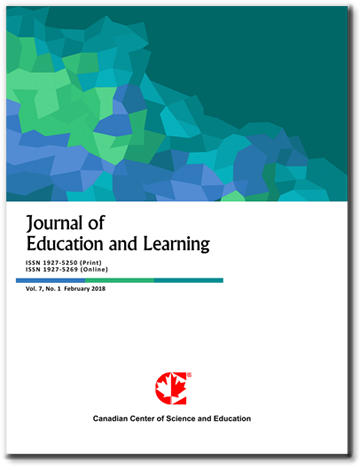Impact of Interactive Multimedia on Digital Literacy Among Chinese Grade-3 Students
- Xiangna Wu
- Wannaporn Siripala
- Noppavan Namtubtim
Abstract
This study investigates the impact of interactive multimedia on Chinese character recognition skills among third-grade students in Beijing, China. The research aims to study the impact of incorporating mnemonics into multimedia on the acquisition of Chinese character recognition skills in Grade 3 students and to compare the skill level between students who learn using CLT and DCT and students who learn using non-CLT and DCT. Employing an experimental research design, the study compares the effectiveness of interactive multimedia teaching methods with traditional classroom approaches. A Target group from two elementary schools participated in the survey, with 30 students learning through Cognitive Load Theory (CLT) and Dual Coding Theory (DCT) based multimedia methods and 30 through non-CLT and non-DCT methods. Data was collected through pre-post test and survey by questionnaire. The study used descriptive and inferential statistics, including t-tests, to analyze the data. Results indicate the interactive games made learning Chinese characters more fun, and they had the lowest level of very high engagement. Students who learn using Cognitive Load Theory (CLT) and Dual Coding Theory (DCT) based multimedia methods demonstrate significantly higher Chinese character recognition skill than students who learn using non-CLT and non-DCT methods. This research contributes to the growing body of literature on the efficacy of multimedia in language education. It provides practical insights for educators and policymakers in leveraging technology to enhance literacy among young learners.
- Full Text:
 PDF
PDF
- DOI:10.5539/jel.v14n5p135
Journal Metrics
Google-based Impact Factor (2021): 1.93
h-index (July 2022): 48
i10-index (July 2022): 317
h5-index (2017-2021): 31
h5-median (2017-2021): 38
Index
Contact
- Grace LinEditorial Assistant
- jel@ccsenet.org
